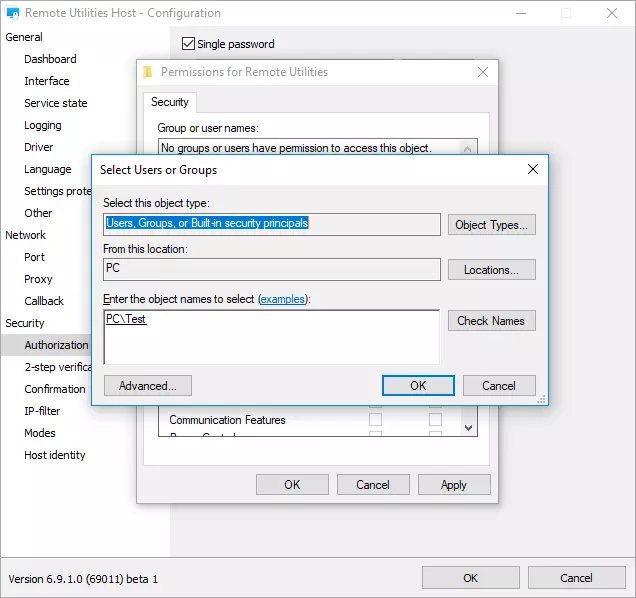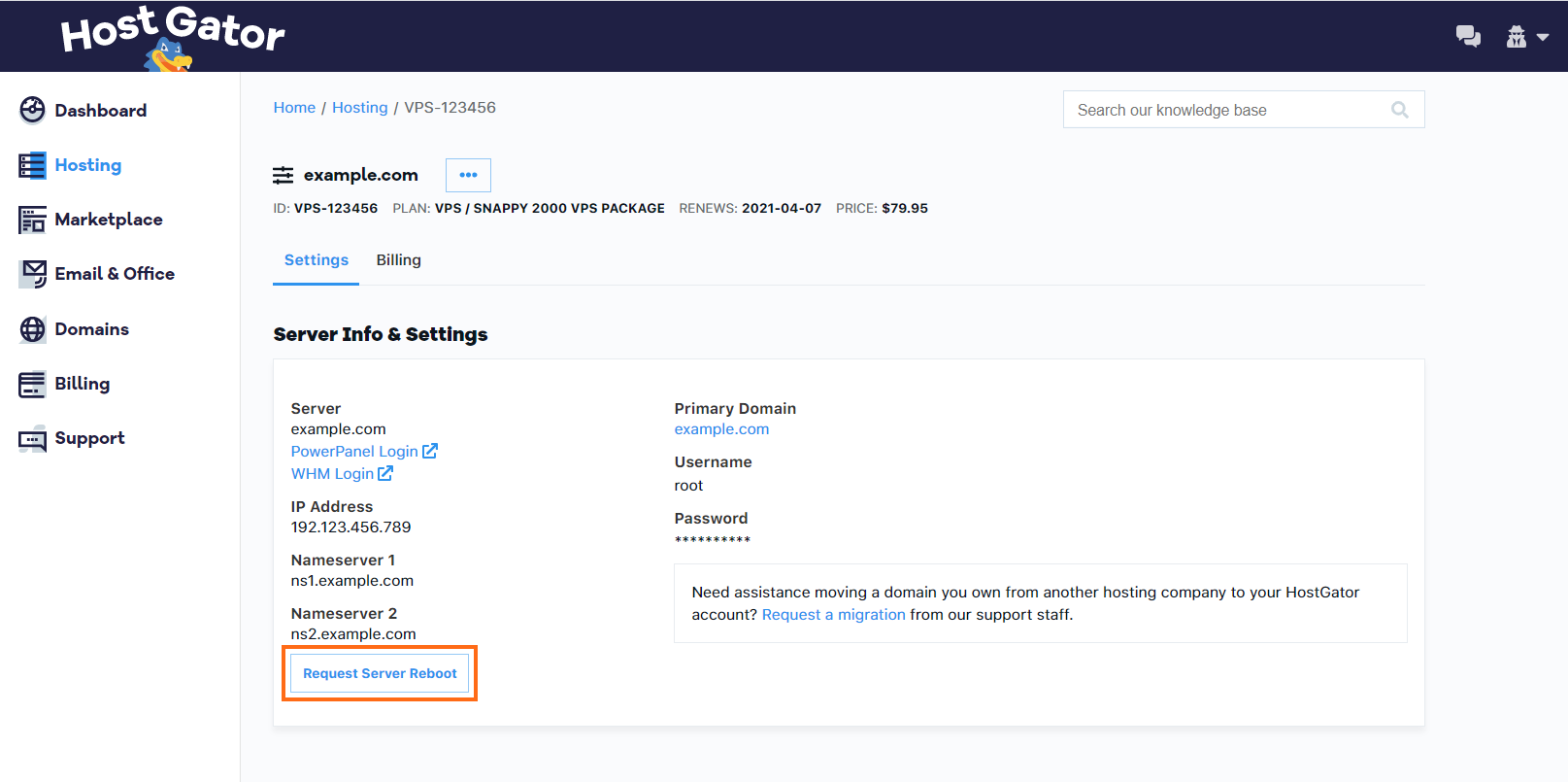

- #Can not remember password for remote utilities host how to
- #Can not remember password for remote utilities host software
Remote Utilities is a remote desktop suite known to the security community as “RURAT” when used in a malicious context. NetSupport making external network connections:Īny external network connections to (if you do not use NetSupport normally) Internal_name: client32.exe & process_name != client32.exe (the internal name used by the primary NetSupport executable) NetSupport executing from unexpected directories:ĭescription = ‘netsupport client application’ & process_path != “program files” We suggest writing, implementing, and testing the following rules within your EDR platform or SIEM: And if a user runs a tool like Task Manager, all they’ll see is ctfmon without the path.įinally, this instance of NetSupport makes network connections to a couple domains: first to, which is used by the client to report back the client’s location, and second to a randomly named domain being used for its command and control (C2). While from a defender’s perspective this all might seem obvious, you’ll have to remember that this is all happening in the background from a user’s perspective. In this example, ctfmon.exe is the renamed client32 NetSupport binary, which you can see by the hashes of the two binaries. Analysts can search for the utility in question on a site like VirusTotal to get a list of associated DLLs the utility loads at run time, and these module loads may be reliable indicators that the utility is being used, even if it has been renamed and is running from an unusual path. However, these binaries often depend on dynamic link libraries (DLL) that cannot be renamed, which make for useful indicators of the tool being abused. Note: ctfmon.exe is a renamed version of NetSupport binary.Īdversaries frequently rename binaries, as shown above, in an effort to evade overly specific detections. In the below instance, we would qualify the copy of NetSupport as “suspect” based on the directory and process name.


On top of this, each tool’s execution behaviors vary, which makes answering the questions above a time-consuming process for analysts. Detection engineers want to cut through the noise as much as possible and find anomalies in vast data sets. Basically, you will take a baseline of the application’s behavior and apply best efforts to writing detection logic on commonly observed techniques that adversaries employ. The goal of this admittedly non-comprehensive list of questions is to detect abnormalities in your telemetry.
#Can not remember password for remote utilities host software
#Can not remember password for remote utilities host how to
Similar to how we detailed the various exfiltration tools used by adversaries during ransomware extortion, in this post we’ll discuss why it’s important to monitor RMM software in your enterprise, and we’ll offer detailed guidance on how to observe and detect it. In fact, just last week AdvIntel reported on adversaries who-after gaining initial access-had installed an RMM tool called Atera and used it as a functional backdoor in the lead up to a Conti ransomware outbreak. These tools perform reliably, as you may expect with most enterprise software, and allow operators to pivot and transfer data to and from victim machines.Īdversarial abuse of remote monitoring & management (RMM) software is not new, but-given the rash of costly and destructive ransomware attacks in recent months and years-it’s particularly important that security teams develop robust security controls for detecting malicious use of RMM tooling. Red Canary’s Cyber Incident Response Team frequently observes adversaries abusing legitimate remote access utilities for lateral movement and execution of payloads.


 0 kommentar(er)
0 kommentar(er)
